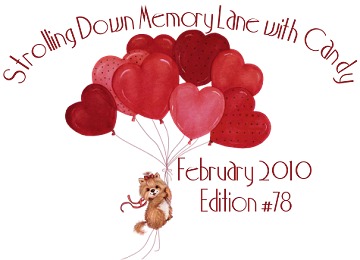
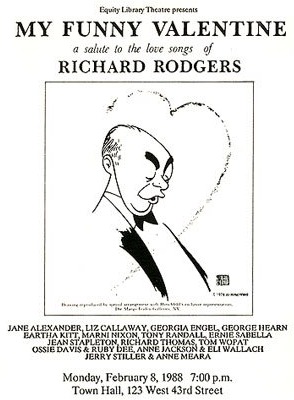
Babes in Arms was the first of the "I’ve got a barn, let’s put on a show" musicals. What became a moldy movie cliché actually began life as a Broadway play, with a Richard Rodgers and Lorenz Hart score that added five standards to the Great American Songbook: "Where or When", "The Lady is a Tramp", "Johnny One Note", "I Wish I Were in Love Again", and the immortal "My Funny Valentine." Yet, when the musical opened on Broadway in April of 1937, it didn’t cause much of a stir. On opening night it received good reviews, but Variety’s critic predicted that "No nudity, no show girls, no plush or gold plate may mean no sale." For the first couple of months, the gloomy prediction seemed prescient - sales barely reached the break-even mark. The show’s producer reduced ticket prices, but sales continued to slide. Then, suddenly, every competing show folded and by mid-July Babes in Arms was the only musical left on Broadway. Ticket sales immediately jumped and the show went on to have a successful run of 289 performances.
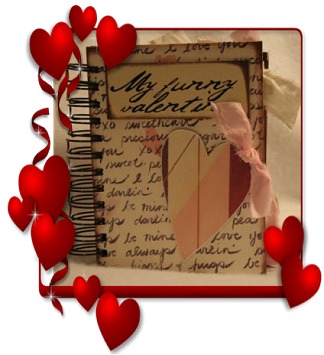
"Where or When" was the most popular song in the Babes in Arms score; it appeared on Your Hit Parade eight times and a 1937 recording reached the pop charts. However, after the show closed, "My Funny Valentine" essentially vanished. Musicals of the 1930s usually weren’t preserved; they were either hits or flops and then it was on to the next show. At the time, none of the stars of the original cast recorded "My Funny Valentine" and it is not listed in any of the standard discographies for that period. It even was excluded from the 1939 film version of Babes in Arms. Metro-Goldwin-Mayer had purchased the property from Rodgers and Hart at the insistence of producer Arthur Freed, who had the idea of using it to pair Mickey Rooney and Judy Garland, both major box office attractions. Freed, a lyricist himself, retained Rodgers and Hart’s plot of kids putting on a show, but dumped most of the score; he kept only two songs from the original play, "Babes in Arms" and "Where or When," and added songs composed by himself and others. The film was a very successful hit, grossing over $3.3 million on an investment of $748 thousand, making a team of Rooney and Garland, and opening the floodgates to a spate of "let’s put on a show" pictures.
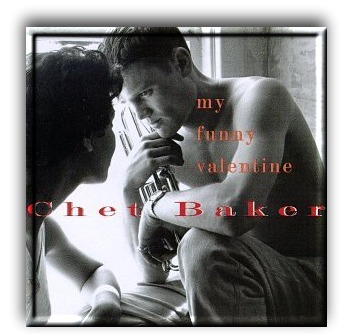
"My Funny Valentine" enjoyed a brief bout of popularity in 1945 when the Hal McIntyre Orchestra with vocalist Ruth Gaylor recorded a dance-band version that entered the Billboard charts for one week, reaching sixteenth place; then the song re-entered oblivion. Will Friedwald, in Stardust Melodies, describes this dark period of the song’s life, "The song was kept alive, apparently, by New York cabaret singers like Mabel Mercer, who were, until the arrival of Sinatra, virtually the only artists to keep performing the great songs of the twenties and thirties into the forties and fifties, like monks hiding manuscripts in the Dark Ages."
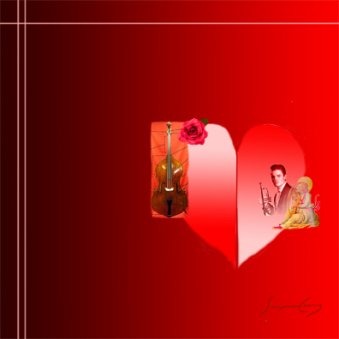
It wasn’t a monk that rescued "My Funny Valentine" from obscurity – it was a trumpeter, Chet Baker. In James Gavin's Book, Deep in a Dream, he tells the story of how Carson Smith, bassist for the Gerry Mulligan Quartet, found this then-obscure piece in a song book. He thought it would be a great ballad for the band to try. Chet loved it. Gavin writes: "…he played the tune as written, stretching out its slow, spare phrases until they seemed to ache. His hushed tone drew the ear, it suggested a door thrown open on some dark night of the soul, then pulled shut as the last note faded. ... The song fascinated Baker. It captured all he aspired to as a musician, with its sophisticated probing of a beautiful theme and its gracefully linked phrases, adding up to a melodic statement that didn't waste a note." "My Funny Valentine" became Baker’s signature tune; he first recorded it in 1952 as a member of the Gerry Mulligan Quartet and then dozens of times after that. His 1953 recording on the album entitled My Funny Valentine on the Blue Note label reached the top of the Billboard charts and introduced Baker as a singer; prior to that he was known as an instrumentalist.
In 1953 Frank Sinatra recorded "My Funny Valentine" as the opening track on his first recording for Capitol Records, Songs for Young Lovers. His endorsement completed the song’s odyssey from nonentity to jazz standard and it rapidly became one of the most recorded and performed songs of the 1950s. Alec Wilder, in his book American Popular Song, tells of having heard about the owner of a formerly famous East Side New York club who, because night club singers loved the song so much, inserted in all contracts with vocalists a clause stating that they were forbidden to sing it. But, it wasn’t just vocalists that loved the song – instrumentalists from beboppers like Charlie Parker to beyond-the-fringe players like Anthony Braxton recorded it too. Miles Davis made it a major standard in the repertoire of his legendary bands of the 1950s and 1960s. The song now appears on over 1300 albums and has been performed by over 600 musicians.

Although "My Funny Valentine" has become the jazz anthem for Valentine’s Day, Richard Rodgers reminded readers in his autobiography that it wasn’t written in reference to the holiday but in reference to a specific performer in Babes in Arms. In the play it was sung by the female lead, Susan Ward, to the male lead named Valentine White. Ironically, although conceived as a song to be sung by a woman, "My Funny Valentine" owes its birth as a standard to recordings made by male singers. The chorus lyrics could be sung by either sex, but the verse lyrics clearly identify it as a song a woman is singing to a man. Consequently, most male singers don’t include the verse. Will Friedwald states, "My Funny Valentine" is essentially a woman’s song. That a number of men have sung it successfully – indeed, it’s probably most closely associated with Frank Sinatra and Chet Baker – is a testament to their abilities as interpreters."

It has been said that Lorenz Hart wrote love songs for people who didn’t expect to be loved, and Friedwald goes on to ask, "...who but Hart would have come up with a musical comedy love song in which the declaration of love is conveyed as a list of the other person’s faults? The message is that love doesn’t exist despite these failings but perhaps because of them; these touches of humanity are, in the end, what endear the other to us."
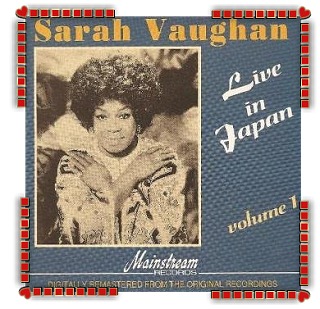
One of my favorite recordings of the song was done by Sarah Vaughn and of couse who doesn't love Frank Sinatra's version as well.
So snuggle up and cuddle up with your sweetie on Valentine's day and sing or hum along to this most perfect Valentine song...
"MY FUNNY VALENTINE"
Happy Valentine's Day to all of you from all of us at Taggin' For Fun!!

Strolling Down Memory Lane with Candy - Main Page